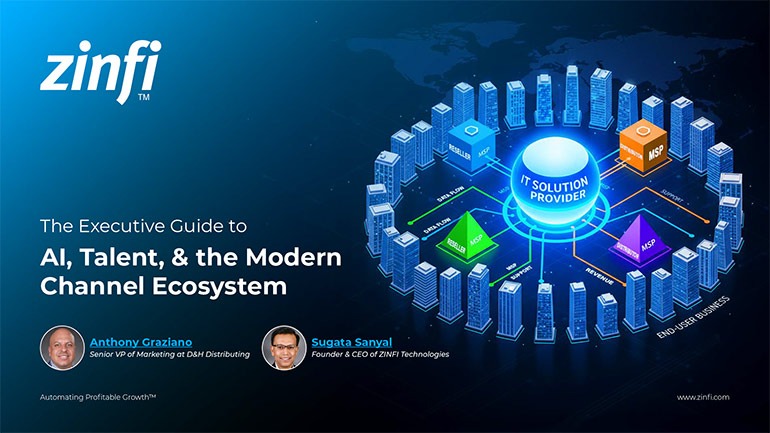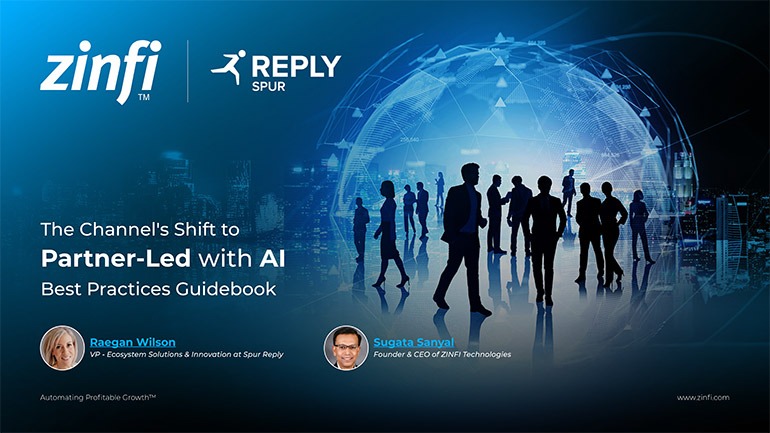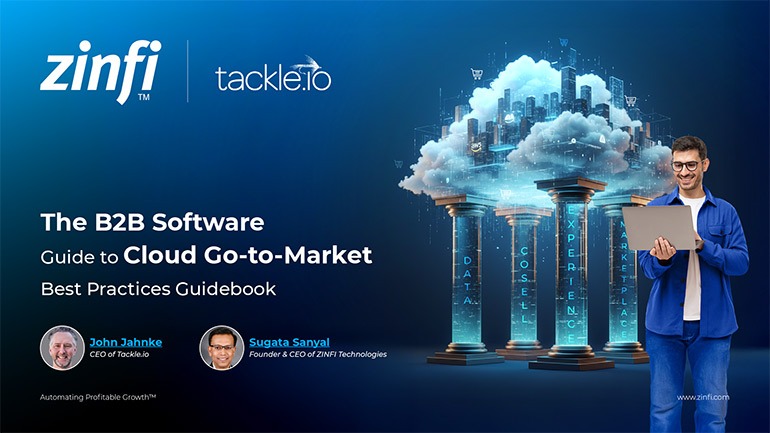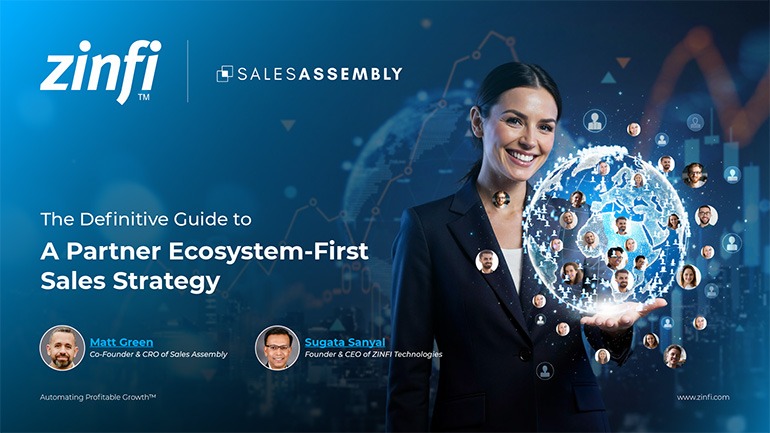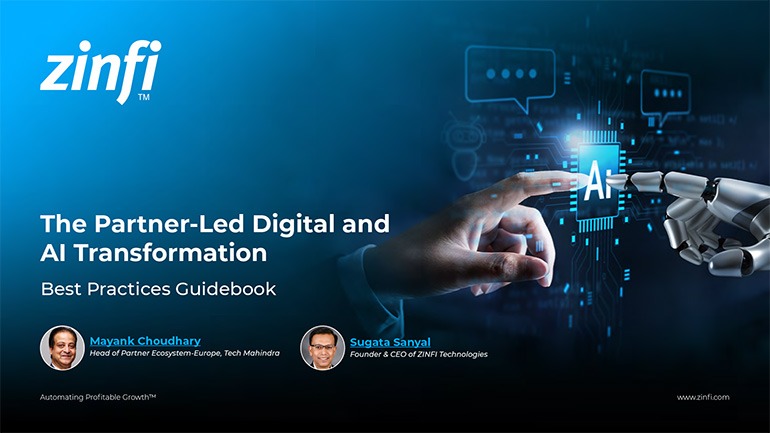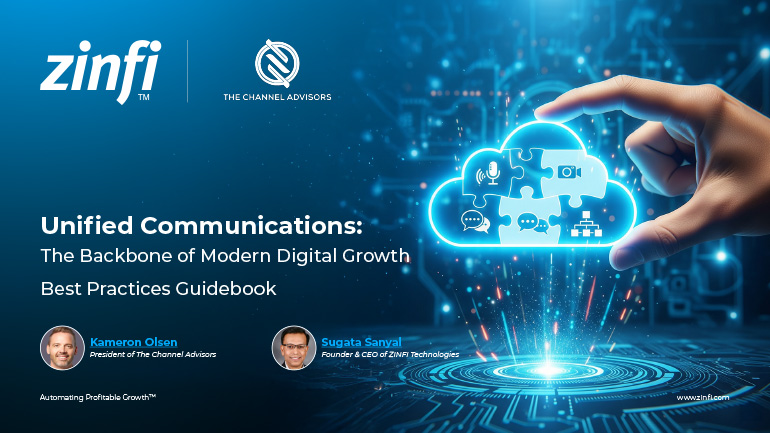The discussion opens by tracing the transformation of telecom from its legacy roots in on-premise phone systems to a modern, cloud-driven, SaaS-enabled ecosystem. Telecom professionals who once focused on selling hardware have evolved into strategic channel leaders facilitating cloud-hosted communications. The shift from CapEx-heavy deployments to OpEx-friendly models marked the turning point—ushering in a new era where unified communications, voice over IP (VoIP), and managed services took center stage.
Cloud-hosted platforms replaced physical equipment, reducing upfront costs and allowing for flexible, scalable service delivery. Technology Services Distributors (TSDs) began to bundle connectivity, voice, collaboration, and mobility solutions, making it easier for advisors to deliver end-to-end communication services. These trusted advisors transitioned from box sellers to business problem solvers, managing provisioning, implementation, and contract renewals.
The discussion highlights how pivotal events—like 9/11—accelerated the need for infrastructure redundancy and disaster recovery. Enterprises, burned by data and communication outages, began prioritizing resilience. This urgency paved the way for cloud-first thinking well before the industry officially labeled it "digital transformation."
In today’s telecom channel, advisors do more than activate accounts or push products. They assess risk, craft continuity strategies, and offer a consultative layer around service architecture. This segment establishes the foundation for future topics like automation, AI, and convergence—demonstrating how the channel’s value has expanded beyond connectivity to encompass strategic business continuity.

